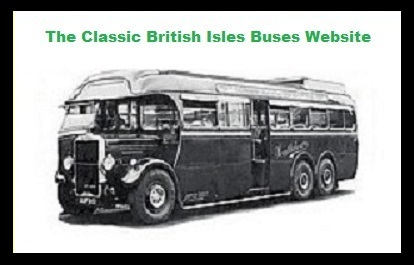

The Classic British Isles Buses Website
Transport in Uzbekistan - 3. Cars (by Dick Gilbert)
Last updated 29 August 2024
Email Events diary Past events list Classified adverts Classic U.K. Buses Classic Irish Buses Classic Manx Buses
| Aeroplanes in 2015 | Buses in 2015 | Cars in 2015 | Trucks in 2015 | Other transport in 2015 |
This addition to the Classic British Isles Buses Website International Section is the result of a visit to the Central Asian Republic of Uzbekistan in November 2015, and on this page we look at some of the cars in use there.
The visit to Uzbekistan included many of the historic cities along the ancient Silk Road that used to see camel caravans transporting exotic spices and textiles from China to Europe hundreds of years ago. Much of it survives to this day, but we travelled not by camel, but by Chinese-built tour coach, Spanish-built express train and European Airbus airliner.
Until 1991 Uzbekistan was a largely undeveloped region of the Soviet Union, so there are still quite a few signs of Russian transport influence there, and these were the bits that interested me most. Let's start with the mighty Volga GAZ-3102 introduced in 1982 as a car for the elite and wealthy - the general population couldn't afford it until the Soviet Union collapsed and the prices did too.

GAZ (Gorkovsky Automobilny Zavod, i.e. Gorki Car Plant) have been building big cars since 1946, and the Volga range dates back to 1956 and is still going today. The Volga 3102 model appeared in 1982 as a direct descendant of the GAZ-24 (see below) and most of them had a 2.5 litre engine. Hand-built at a rate of only 3,000 per year, these became the status cars for priviliged Russians into the 1980s.
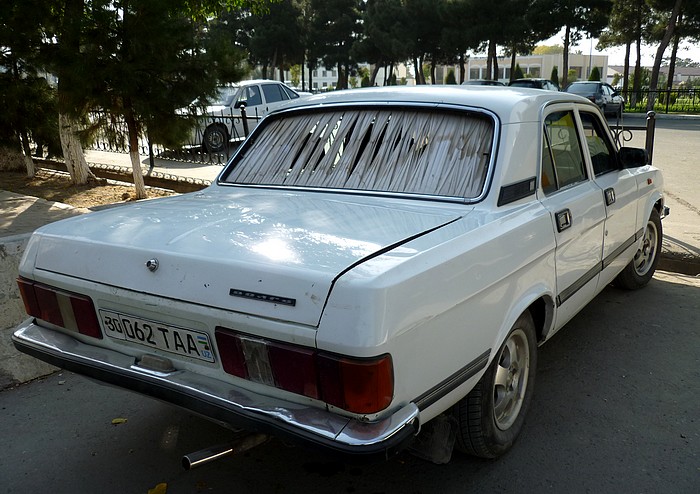
Sales of the 3102 slumped when the Soviet empire collapsed in 1991, as rich buyers could afford better European cars, so the company decided to make the cars available to the general public. The model had a good reputation for quality and sold well in the late 1990s. 155,000 Volga 3102 saloons had been built by the time production ended in 2010.
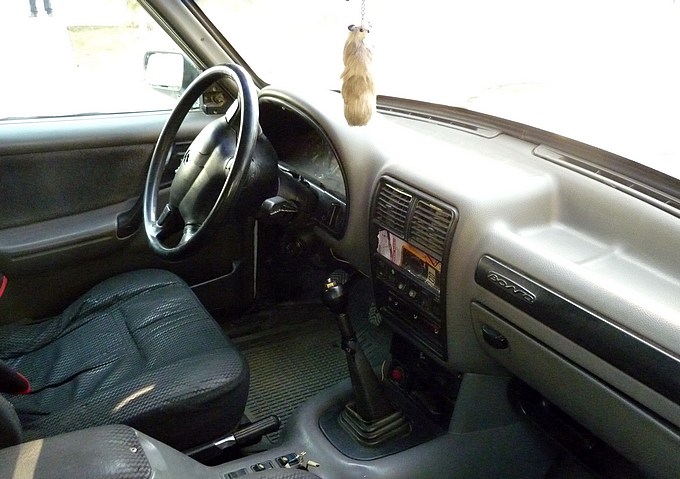
This is the interior of a Volga 3102, although I don't think the dangling dead rat is standard. The owner of this car spotted me sniffing around and was delighted to see my interest in it. These days a big Volga can be a real collector's item and they still have a certain status to those who know their Russian cars.
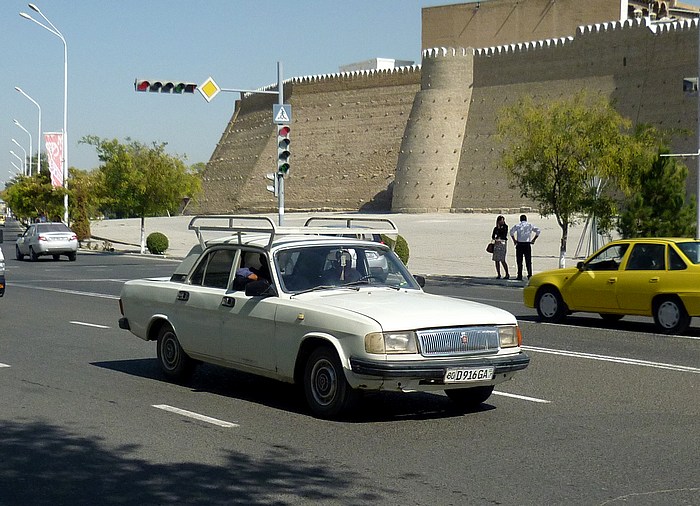
This is the rarer Volga GAZ-31029, only made between 1992 and 1997, and which borrowed much from the 3102 described above. However black plastic bumpers were a new feature, and the car became quite popular as a bit of a muscle car, acquiring the nickname billy-goat. Perhaps its greatest claim to fame is that one appears in a St. Petersburg car chase in the James Bond film Goldeneye. The background to this photo is the ancient city wall of Bukhara.
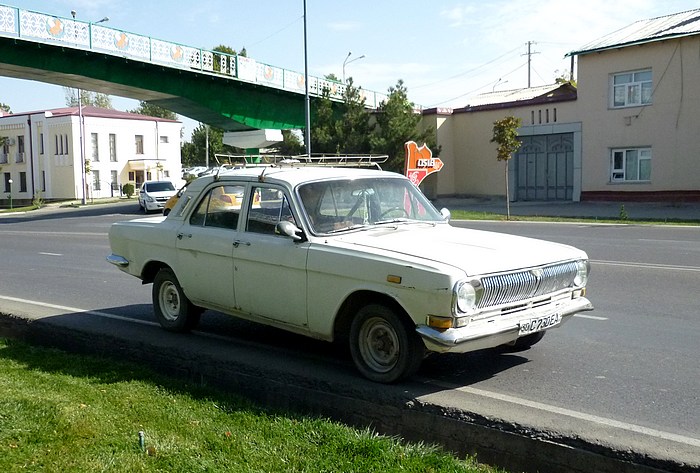
Now we move on to the GAZ-24 Volga, which was the predecessor to the Volga 3102. It entered production in 1970, featuring a 2.4 litre 4-cylinder engine and was said to be inspired by the early Opel Rekords.
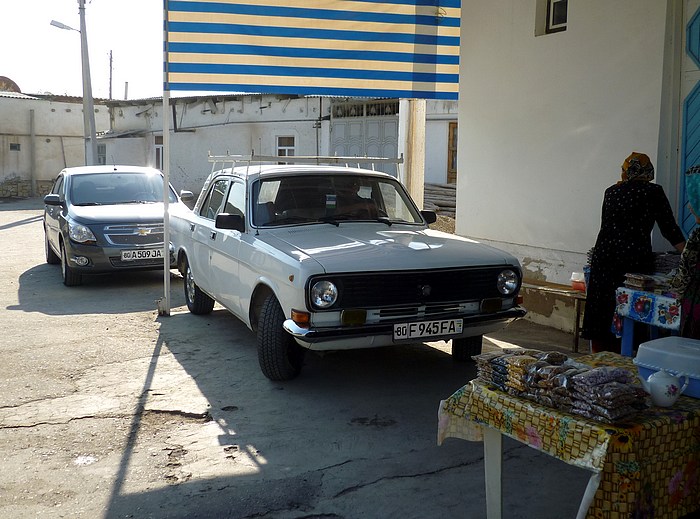
The GAZ-24 Volga was nicknamed Barja (The Barge) and this is a very well-kept example. The only thing I figured out about Uzbek registration plates is that the first two digits indicate the province - for example on this page you will see 01 for Tashkent city, 10 = Tashkent region, 30 = Samarkand, 80 = Bukhara (including Shakhrisabz), 70 = Qashqadaryo in the south, and 90 = Khorezm (Khiva and Urgench).
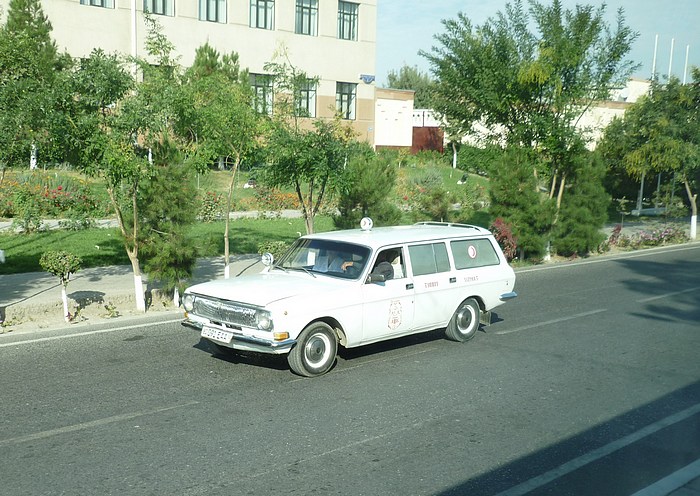
Here's an ambulance version of the Volga GAZ-24. Other options included a taxi and police car.
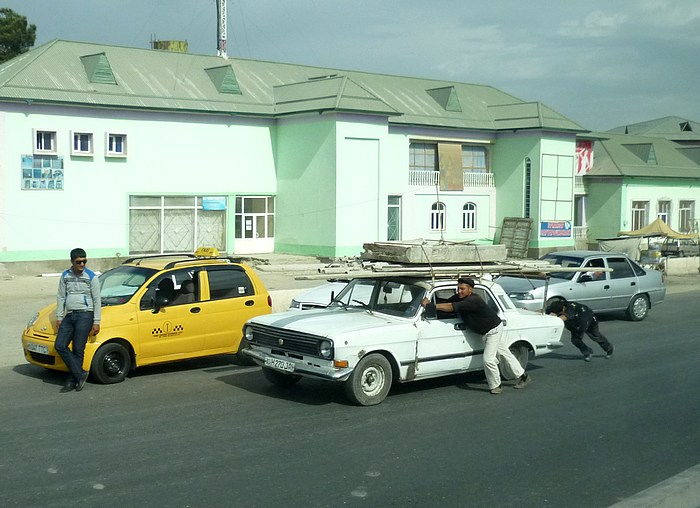
However the GAZ-24 is getting is a bit dated and less reliable these days. It's also harder to push if, as is common in Uzbekistan, you pile heavy loads on the roof - in this case scaffold boards and poles. The driver of the Chevrolet Spark taxi is clearly not inspired to help.
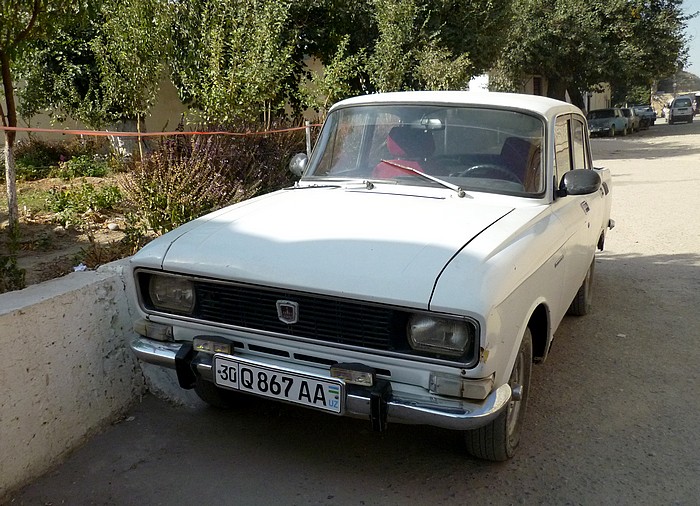
Next we look at the Moskvich range, starting with the 2140, also sometimes known as the 1500 because of its 1.5 litre engine, which was slanted by 20 degrees from vertical. They were made from 1976 to 1988.
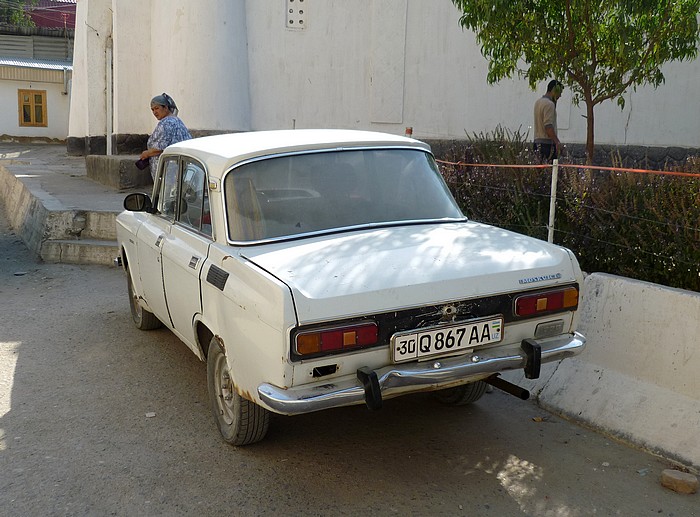
Here is the rear of the same Moskvich 2140, a model that was very common everywhere we went in Uzbekistan.
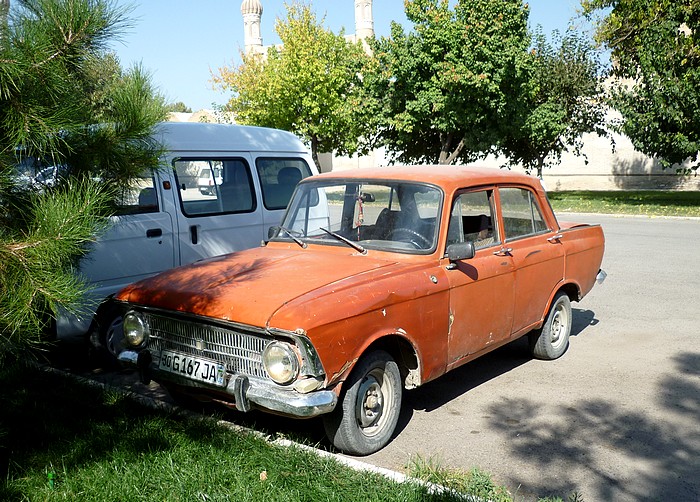
This is the older Moskvich 412 (which preceded the 2140), a compact family car built between 1967 and 1976. It was later redesigned by Izh as a new model, leading to the Izh-2125 Kombi (shown further down the page).
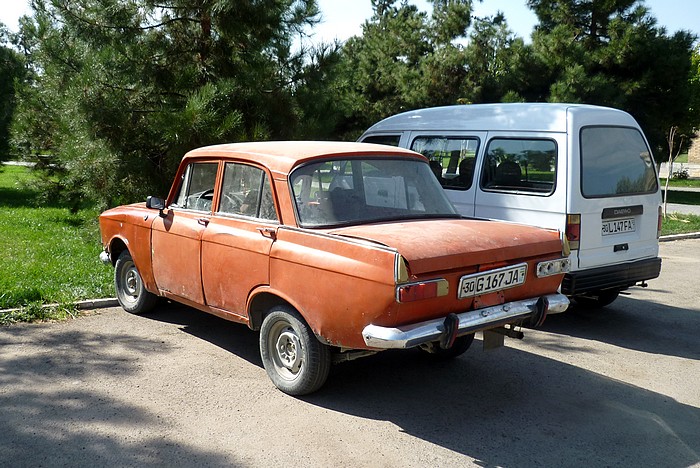
Here is the rear of the same Moskvich 412 which is, understandably, showing its age. The round headlights and vertical rear lights show that this is an early model (a classic!), built between 1967 and 1969.
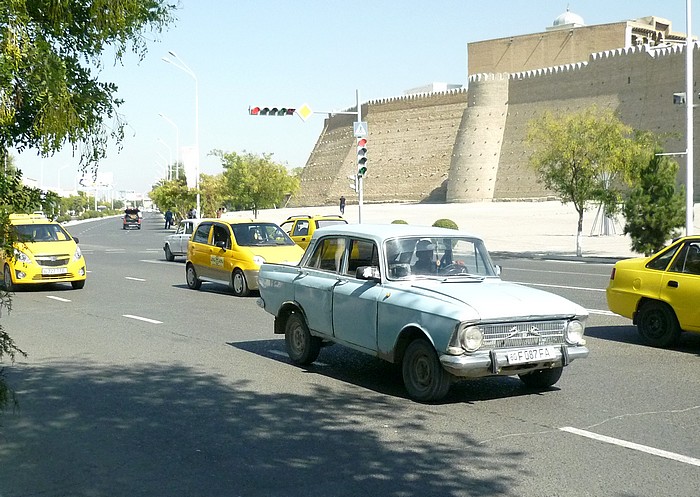
And here is another early Moskvich 412 in the shadow of the glorious Bukhara city wall, surrounded by locally-built Chevrolet taxis.
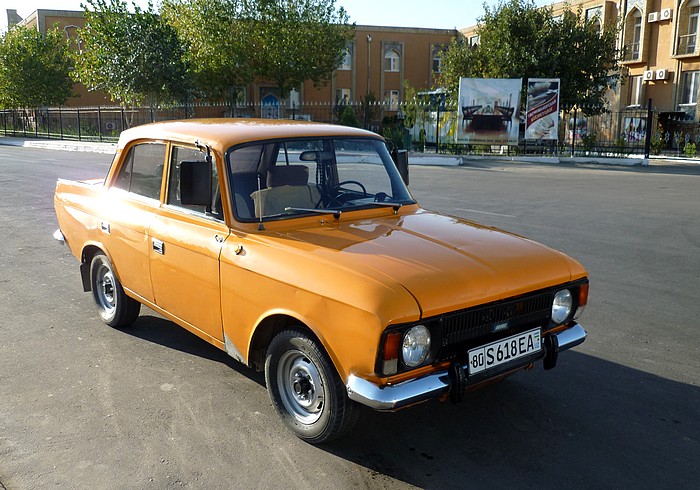
The Izhevsk version of the Moskvich 412 continued to be developed, and here is an Izh-412 from the late 1980s, in nice condition. It has an Izh blue logo on the radiator grille.
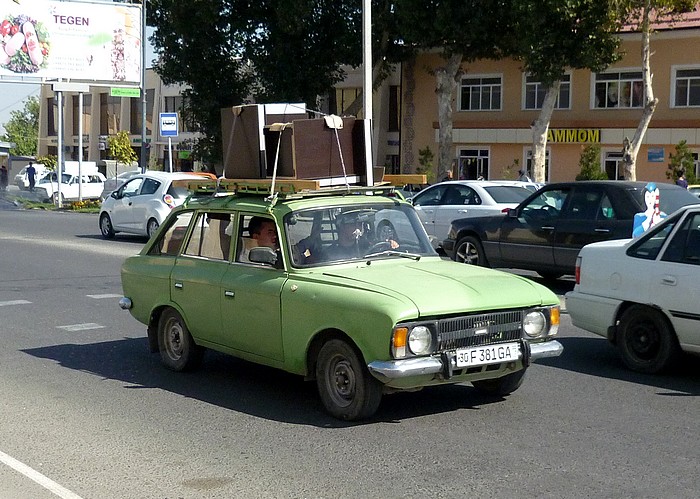
Izhevsk also developed an estate version of the old Moskvich 412, and it became the Izh 2125 Kombi which continued in production until 1997. It enjoyed good Soviet sales and became the first Izh car offered for export. This style of grille indicates a pre-1982 version. Note the typical roof load.
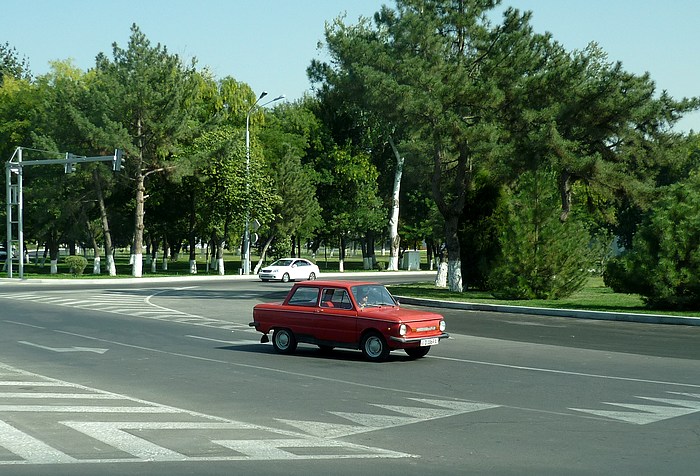
At first glance a European observer might think this is an NSU Prinz, but it isn't. This is a little Russian creation called a Zaporozhets (written Zaz for short) 968M, intended as a people's car. It acquired various nicknames including the hunchback and the soap box. The original 968 went into production from 1971 and the improved 968M seen here (still with the same 1.2 engine) was offered from 1979 until a surprising 1994. Equally surprising was that Zaz made a special version for drivers with only one foot, and also a version for drivers with no feet. This example is seen in Amir Timur Square in Tashkent.
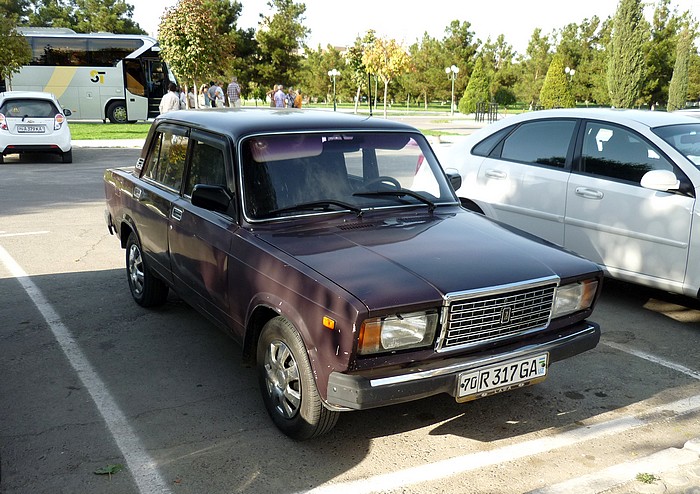
Our final look at former Soviet car manufacturers is Lada. This is, I believe, the only company that is still selling to Uzbekistan today. Huge double-deck railway wagons bring thousands of these vehicles into the country from Russia, and they are the cheap option for those who cannot afford the locally licence-built Daewoos and Chevrolets. This picture shows the very common Lada Riva VAZ-2107.

Here is the other end of the same Lada Riva VAZ-2107. Built by AutoVAZ (Volzhsky Automobilny Zavod, which trades under the name Lada), the model is derived from the Fiat 124 and is the third best-selling car in history. The others? I knew you'd ask - Ford Model T and the Volkswagen Beetle.
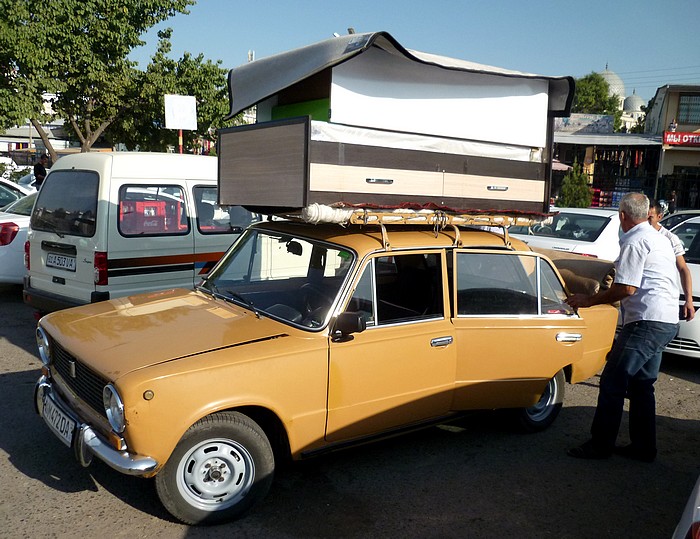
Here we see the smaller Lada 2101 Zhiguli (named after the mountains near the car plant), often nicknamed the Kopeyka (the Kopek being the smallest coin in Russia, 100th of a Rouble). Like the 2107 above, it owes its ancestry to the Fiat 124 and was introduced as a no frills car in 1970. As you can see, this doesn't stop owners from piling stuff on the roof.
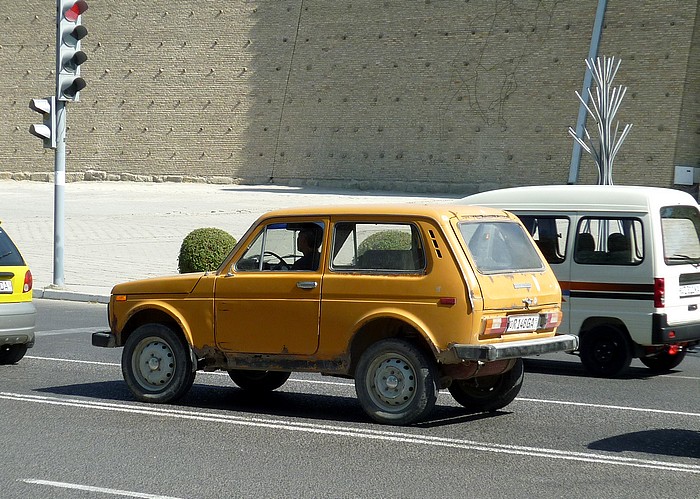
Dwarfed by the mighty Bukhara city wall, this is a Lada VAZ-2121 Niva 4x4 off-road vehicle. Introduced in 1977, the Niva is still available today, even in the U. K. where it is marketed as the Cossack. Lada called it a Renault 5 on a Land Rover chassis, but its 1600 engine has a reputation for vibration and noise. This one seems to be suffering from metal-worm too.
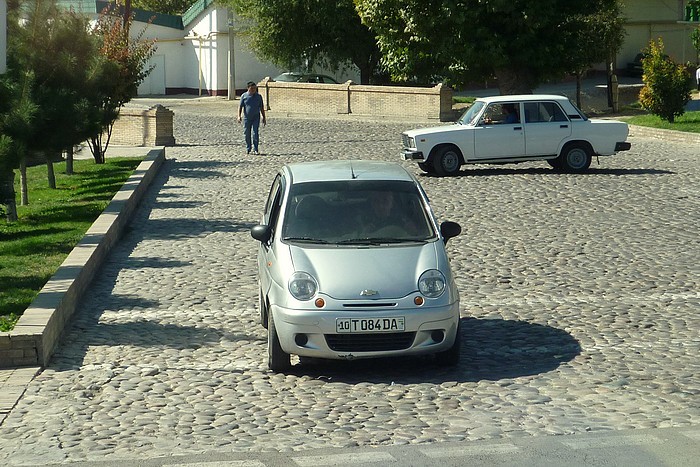
Russian cars probably represent about 50% of those on the road in Uzbekistan, the other half being made up with licence-built products from Daewoo or Chevrolet, including the Spark, Matiz, Nexia, Cobalt, Epica, Lacetti, Captiva and Orlando. Several of those models can be badged either Daewoo or Chevrolet, but the Chevrolet version is more popular because it has a greater status and prestige. This is a typical Chevrolet Spark, but you're not here to read about Chevrolets...
Email Events diary Past events list Classified adverts Classic U.K. Buses Classic Irish Buses Classic Manx Buses